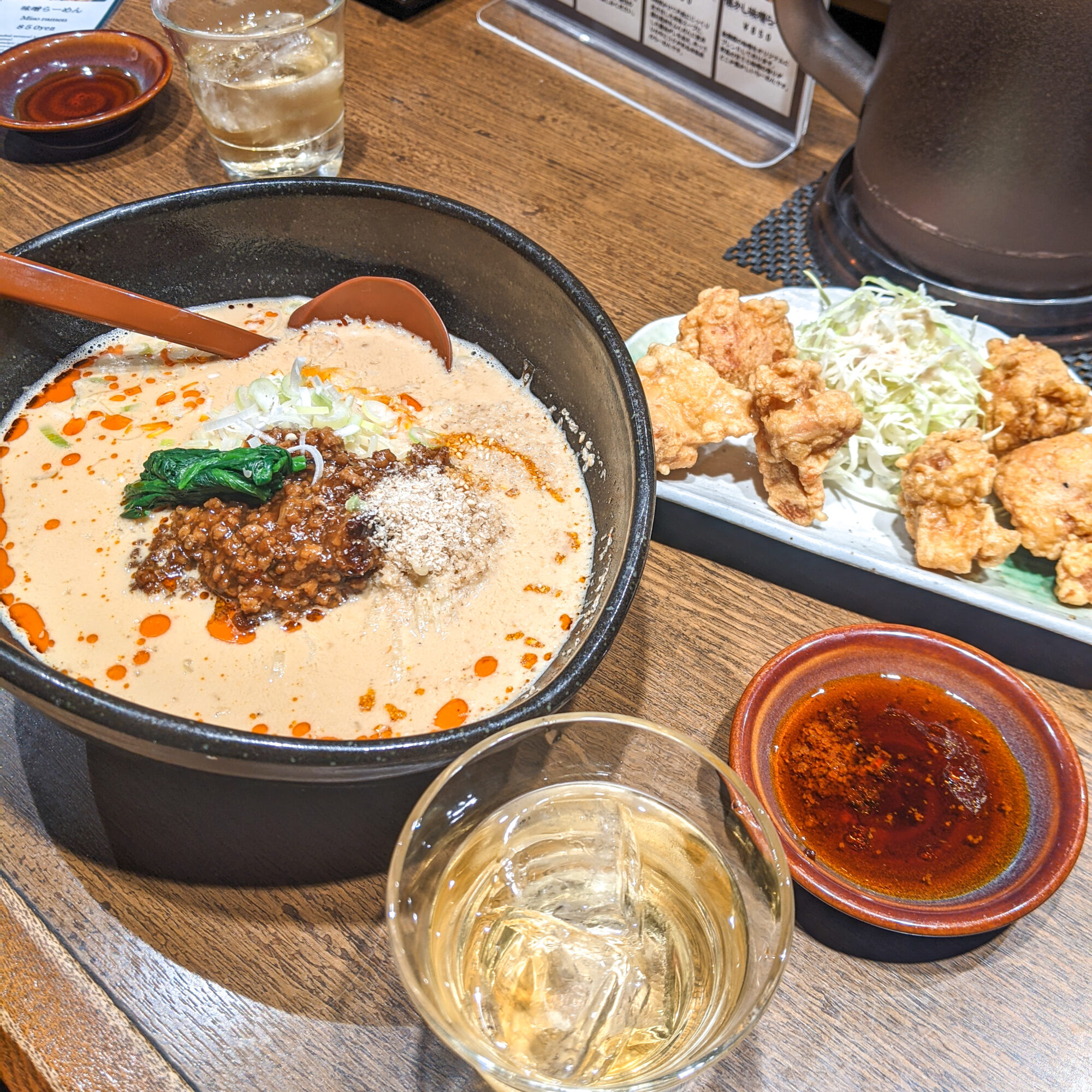Greeks got it wrong
It’s a little hard to describe, but when you taste it, you know how distinct it is. Umami is the kind of flavour that’s found in meat, cheese, and mushrooms. Umami means “essence of deliciousness” in Japanese, and its taste is often described as the meaty, savoury deliciousness that deepens flavour.

Is umami good for you?
Since umami is a specific taste and not a substance, it has no nutritional value. However, it is frequently seen as unhealthy and rich in salt because it is the primary taste in some foods and sauces. Umami, on the other hand, can also be found in a number of foods that are good for you, including kimchi, shrimp, cabbage, mushrooms, asparagus, and ripe tomatoes. Consuming meals with a lot of umami flavor is not harmful if you read labels attentively and eat moderately.
The commercialised umami – MSG
Ikeda sought to develop a way to commercialise the wonderful savory flavour known as umami so that everyone might use the same essence in their cooking. Soon he came up with Monosodium glutamate. MSG for short is the name given to the marketed form of umami. Glutamic acid is a naturally occurring acid that can be found in tomatoes, grapes, cheese, and mushrooms. MSG is just glutamic acid sodium salt.
Because it has been connected to headaches, nausea, and other health difficulties, MSG has been a contentious component for a while. Meals containing MSG are “generally considered as safe,” according to the Food and Drug Administration, but the FDA does require explicit labelling on MSG-containing foods. MSG is increasingly accepted by both professional chefs and restaurant patrons, despite the fact that there are still some myths about it and that a lot of the evidence is still ambiguous concerning its effects on health.



























